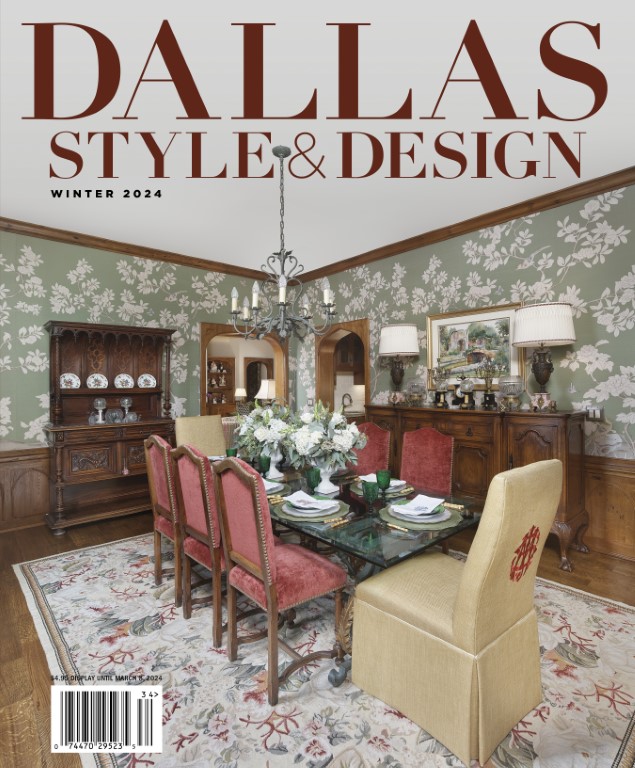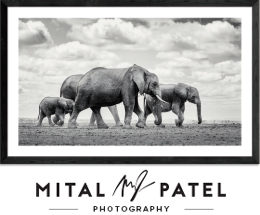The Dallas Design District is home to many incredible art galleries and showrooms that include fine art in their offerings. The District is also home to an art treasure: Dallas Contemporary.
This non-collecting museum charges no admission and presents exhibits from regional, national and international artists while also committing to public education with lectures, programs and events.
Contemporary art often challenges the viewer’s concepts and perceptions of art and life and that is what makes it so enticing. For Peter Doroshenko, executive director, and Justine Ludwig, director of exhibitions and senior curator, the job of finding and exhibiting that art presents its own challenges. Dallas Style & Design spoke with them about curating contemporary art, trends and forecasts, and more.
You have both traveled the world and the nation studying and working in art, so what brought you to Dallas?
PD: The people and the possibilities. The people are friendly and receptive to new things. The possibilities are endless in Dallas.
JL: I moved to Dallas to work for Peter. I have so much respect for his vision. I have found his work at such institutions as INOVA in Milwaukee and S.M.A.K. in Ghent to be deeply inspirational. I was excited about the opportunity to be part of the Dallas Contemporary team. It was an adventure I simply could not pass up.
How are the arts handled differently in Dallas/Fort Worth compared to other locations?
JL: I have been consistently impressed by the high level of visual literacy that seems inherent in so many Dallasites. I have never experienced anything quite like it. People here tend to embrace progressive visions of contemporary art. It is something exciting to be a part of.
Has the job of curating art changed over the years?
PD: Beyond so many posers using the title “curator” and the word being used in strange commercial ways, not much has changed. It is a very exact profession that is all about research and planning.
JL: Yes, it has and it also varies from country to country and institution to institution. In the United States, as public funds for the arts are low, fund-raising has become part of the position. In the past, curating was primarily comprised of collection stewardship and research, but now community building has become an integral part of the job as well. There has also been a shift in common understanding of the term “curator.” We have become accustom to seeing it used outside of the museum context, for example “curated playlists” or “blog content curator.” This has affected the way the position is understood by the general public.
What challenges do you face curating art today?
PD: Fund-raising and trying to develop the financial means for an artist to complete an important exhibition.
JL: Creating simultaneously timely and timeless institutional programming, which embraces global sentiments and new technology.
What is your primary focus for Dallas Contemporary in 2017?
PD: To continue our focus on being an excellence-based institution—exhibiting the best local, national and international artists.
JL: Presenting a challenging range of programming and striving to expand the world view of our visitors.
What new ideas do you see taking place in local and national art today?
JL: Art has to deal with the challenge of contending with our current sociopolitical reality. We currently live in a time of great change and the art being created now reflects this.
What needs to take place to make Dallas/Fort Worth a larger player in the international art market?
PD: Dallas is already one of the most talked about contemporary art cities in the world. New galleries with new artists opening in the city would help the “market.”
JL: Greater support for local artists is important. This could include subsidized artist housing/studio spaces and a commitment from collectors to buy art locally. For Dallas to become a major player in the national and international art scene it is imperative that we make this a place where artists stay and even look to move to. Additionally, DIY and grassroots arts spaces need to be supported by the community and city. Recently, many alternative art spaces have been shut down by the fire department for not having the proper certificate of occupancy, and obtaining the right “CO” is made very difficult. It is important for these spaces to thrive, and we need to find ways to make their existence not only possible, but sustainable.
What would you like to see happen with the arts in Dallas/Fort Worth?
PD: The addition and strengthening of the artist-run spaces that exist in the metroplex.
JL: I would like to see a proliferation of alternative artist spaces and greater support for the local artist community.














